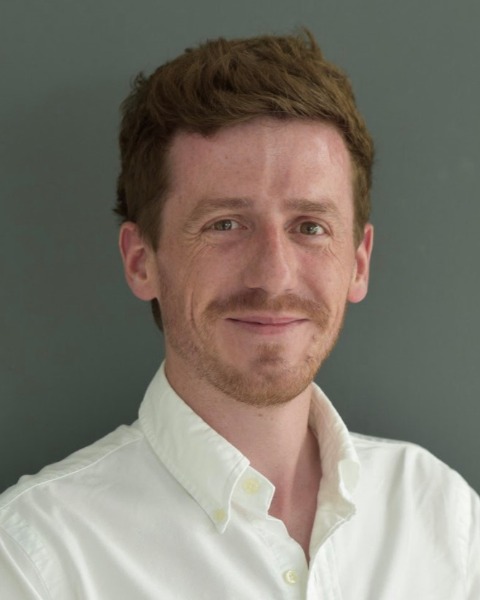Automation Technologies
Combining bioactivity data and biosignatures using AI/ML approaches to increase success rate in drug discovery

Charles-Hugues Lardeau, PhD
Senior Scientist
Janssen R&D, Pharmaceutical Companies of Johnson & Johnson, Antwerpen, Belgium
Having access to a large chemical library, annotated with high quality bioactivity data provides a rich source of information. The introduction of artificial intelligence / machine learning (AI/ML) affords the opportunity to combine historical data with information rich technologies such as high content imaging to accurately predict molecular activity on cell biology. Wanting to ensure that the content is as informative as possible, we have explored and implemented the Cell Painting imaging assay which allows the visualization of multiple cellular compartments (actin filaments, endoplasmic reticulum, Golgi, membrane, mitochondria, nucleus, nucleolus) at scale. We use Cell Painting to extract features, using conventional as well as AI-driven means, from different compound treatments to generate biosignatures in multiple cellular systems, including U2OS as well as primary cell types. Using AI/ML, the resulting biosignatures are combined with bioactivity data and translated to have a direct impact on our drug discovery pipeline: inferring mechanistic hypotheses about off-target effects, bioactivity prediction. While setting up the laboratory workflows, we have refined several liquid handling procedures to enable automation of the Cell Painting imaging assay. A dedicated automation platform with throughput and versatility in mind was established.


